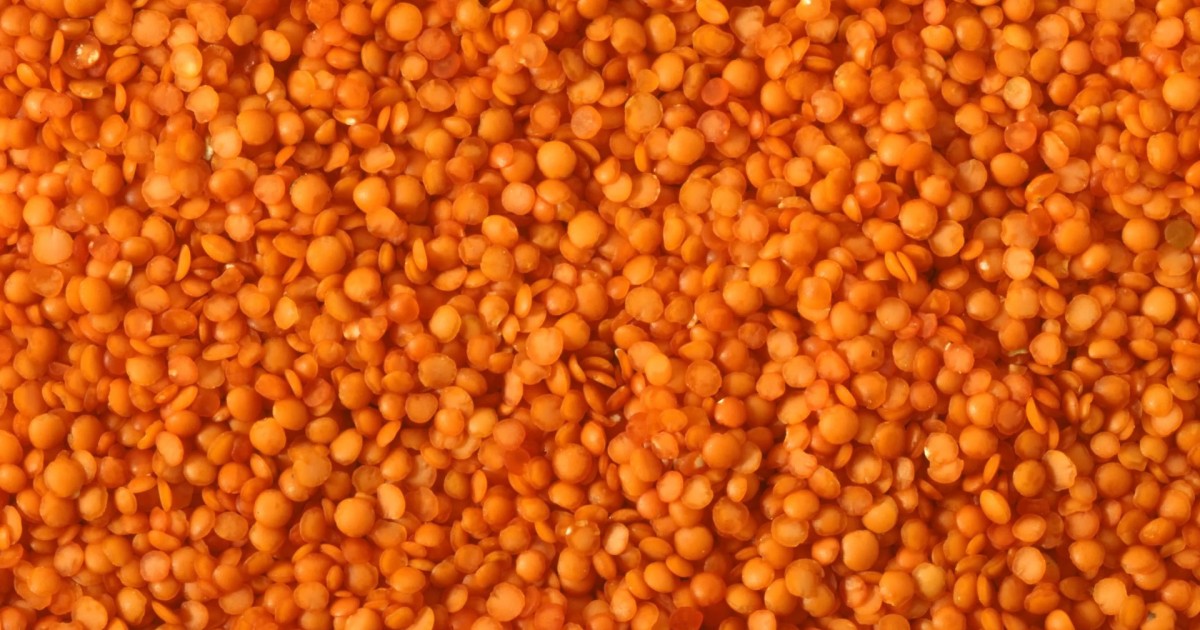If you think you’ve never heard of pulses- think again! Pulses are just another word for legumes, which include dry peas, dry beans, lentils, and chickpeas. Start a search today to explore the many benefits of pulses.
Pulses are the edible seeds of plants with a pod, but don’t include their fresh counterparts, like green beans. The ease with which they can be prepared and the health benefits they bring will quickly make them your next favorite food group.
Pulses are super high in fiber
Whole grain and pulses are the best source of dietary fiber that you can find in supermarkets today. We usually think of getting fiber from things like bread and cereal, but studies have shown that on average, a slice of white bread only contains between 0.5 and 0.8 grams of fiber. That’s not much, considering most doctors recommend ingesting between 25 grams (for women) and 38 grams (for men) per day. You’d have to eat over 50 slices of white bread to get the recommended minimum per day!
Pulses contain anywhere between 4.4 grams and 16 grams of dietary fiber per serving. Doctors recommend eating 5 servings of pulses per day, and if you followed that suggestion, you would easily get enough fiber in your diet.
There are tons of different types of pulses to try
Some common pulses include black beans, kidney beans, cranberry beans, lentils, and chickpeas. Many cultures around the world have a staple food involving a simple puree of cooked or raw pulses, such as dal from India, and hummus from the Middle East. These recipes have become staples because they’re easy, and healthy too.
Since many pulses have a similar texture once pureed, try switching up an old recipe with a new type of pulse that you may not have tried before. Why not make your favorite hummus recipe, and substitute in cranberry beans for the chickpeas, or try making a new kind of dip with black beans?
Pulses help ensure regular blood flow to the heart and brain
Pulses are a great source of folate, which has been shown to lower levels of homocysteine. Homocysteine is a type of protein which can build up like plaque and damage the lining of arteries, causing blood clots. Over the years, this plaque can block blood flow to the heart or brain, which can cause a heart attack or stroke. Eating a diet with plenty of fruit, vegetables, whole grains, and pulses can help lower the level of homocysteine in the blood.
Pulses are gluten-free
Not only can pulses be eaten by people who choose to eat a gluten-free diet, but they can also be easily digested by those who have severe celiac disease. Pulses add starch, fiber, and key proteins to the diet of those who eat gluten-free, which are often the things that are most lacking in the food they’re able to eat. They’re also key to a healthy vegetarian diet. Eat at least five servings a day to maximize their benefits. One serving equals roughly ¾ cup of cooked beans, peas, or lentils – on your plate, they should make a pile that looks about the size of a baseball.
Pulses are super easy to cook with
There are tons of amazing recipes you can make with pulses that are healthy, delicious, and super easy to make. Either use a recipe specifically made with beans or peas, or substitute them in to your regular recipe for a new and healthy twist. Use chickpeas to spin up a quick batch of hummus, or make an easy dip from pulsed black beans, garbanzos, or lentils.
It’s easy to change the flavor profile of these dips by adding different spices- chipotle and cumin for a Southwestern twist, or oregano and bay for more of an Italian flavor. If you’re looking for a more substantial meal, use black beans to make burgers, or load up a tasty chili with different types of beans.
Since they’re easily dried, pulses last forever in your pantry
Dried peas, beans, and lentils will keep for years if stored properly in your kitchen. Use tightly-covered containers and keep them out of the sun to ensure that they last as long as possible. The only downside is that the longer they’re stored, the drier they get, which increases the cooking time. You can also easily buy canned pulses, which decreases your cooking time. Look for brands that don’t have too much added salt.
Pulses are super cheap
Buying a can of pre-soaked beans, peas, or chickpeas on the way home from work is an easy way to ensure that your dinner has enough protein and fiber, but there are cheaper ways to buy them that only take a little bit more time. Buying dried pulses at the grocery or bulk store is much cheaper, and only takes a bit of advance planning to turn into a gourmet meal. Dried pulses need to be soaked for between 1-8 hours before cooking with them, but you can use a pressure cooker or slow cooker to speed up the process.
